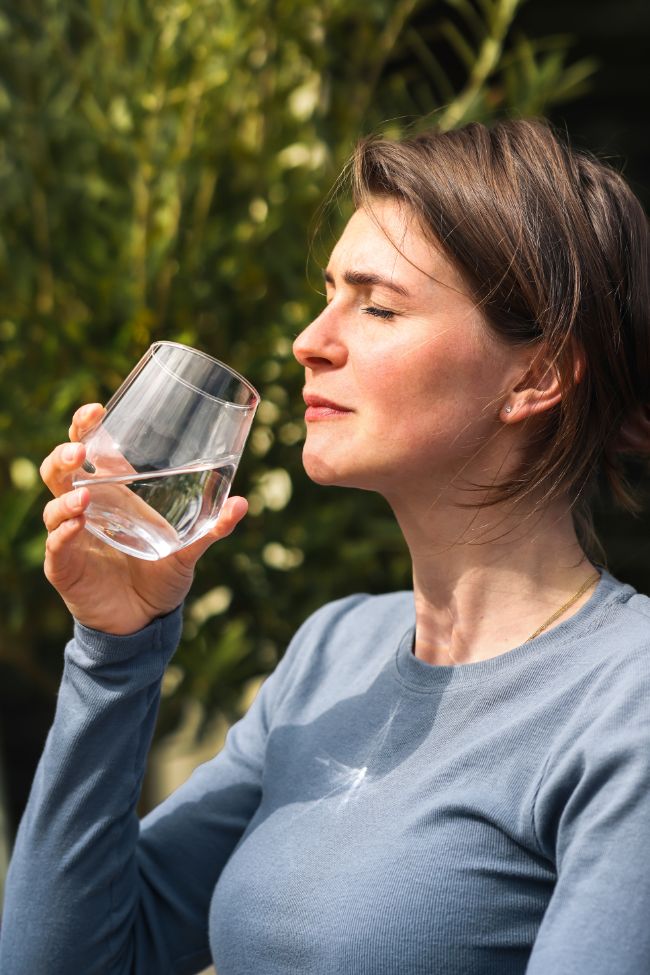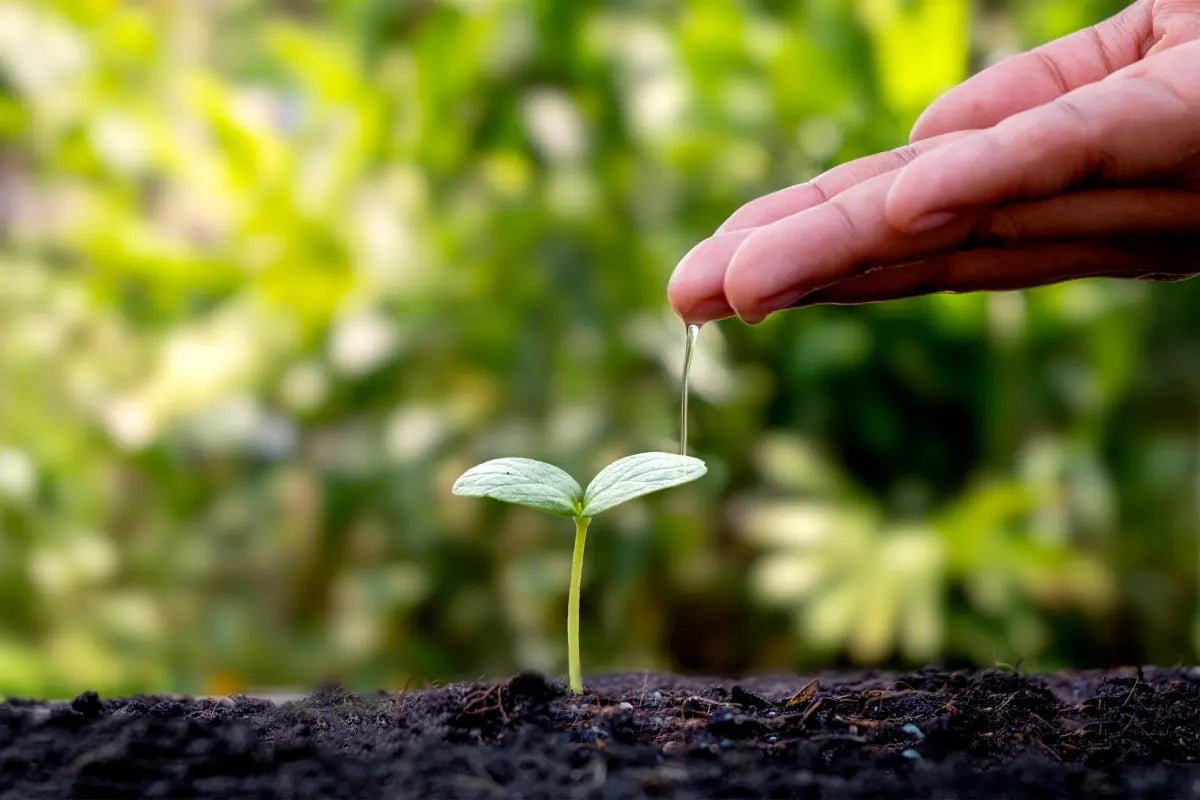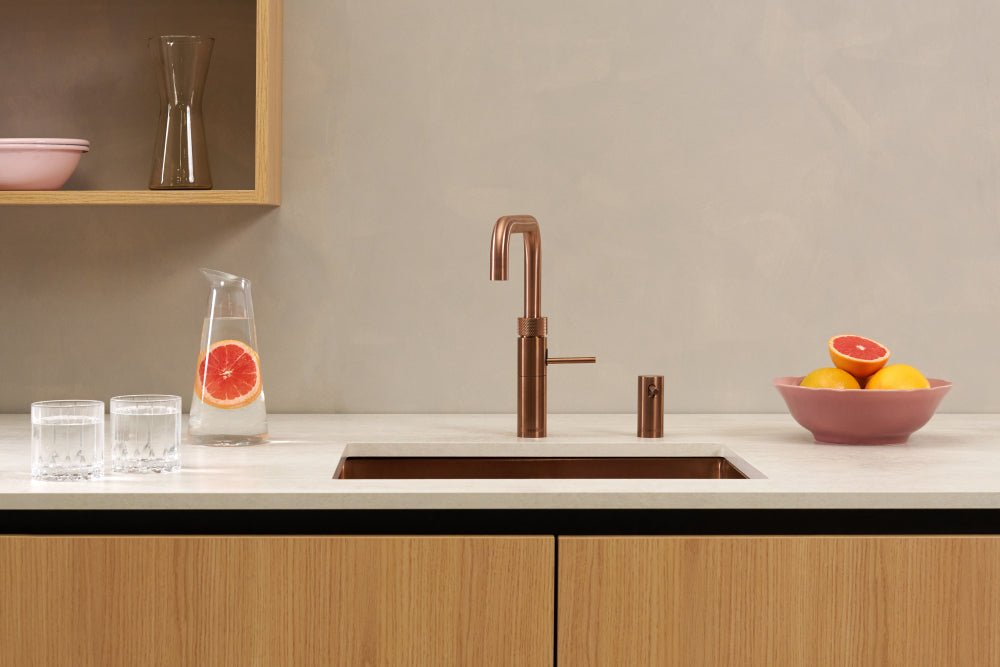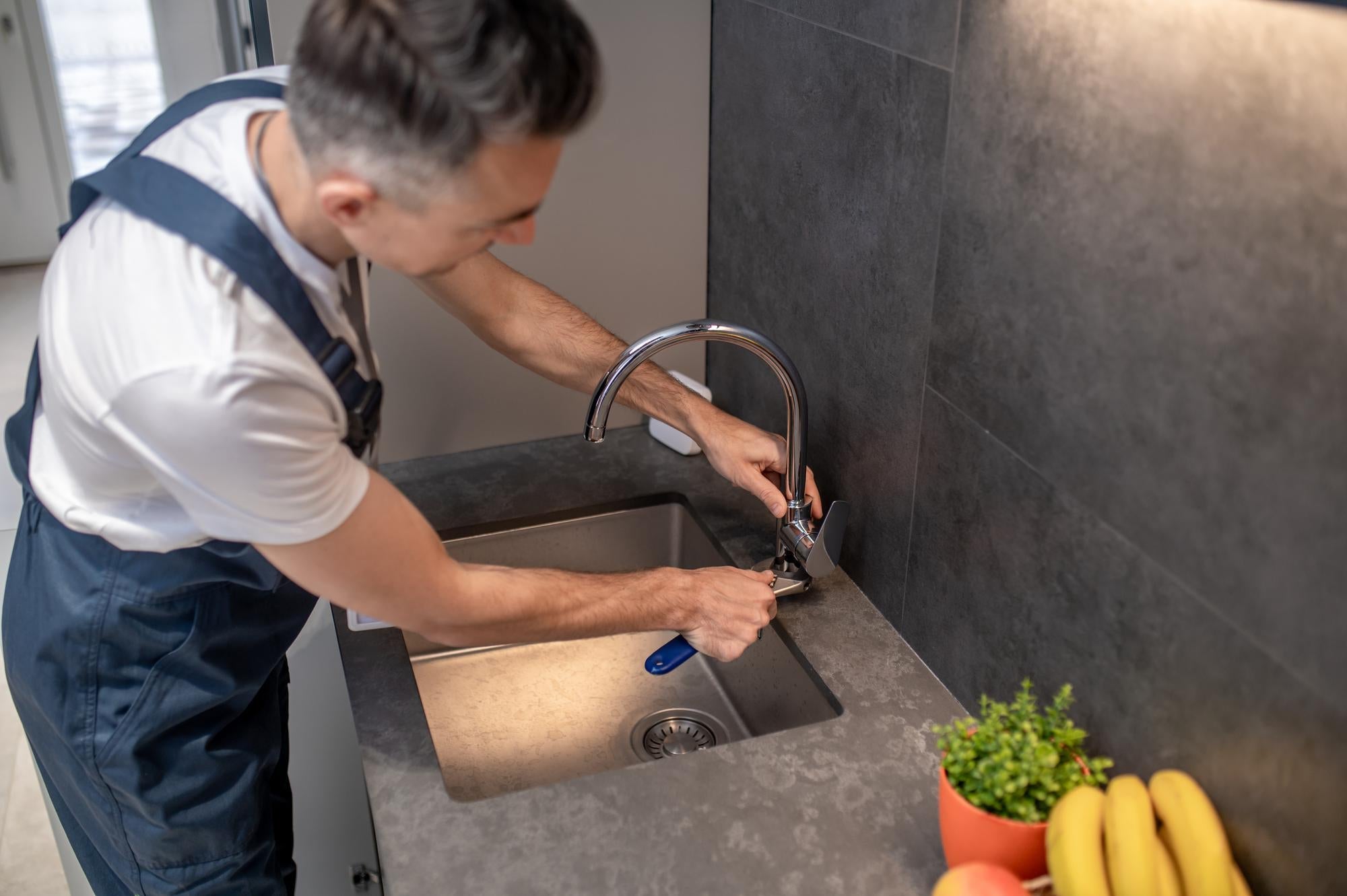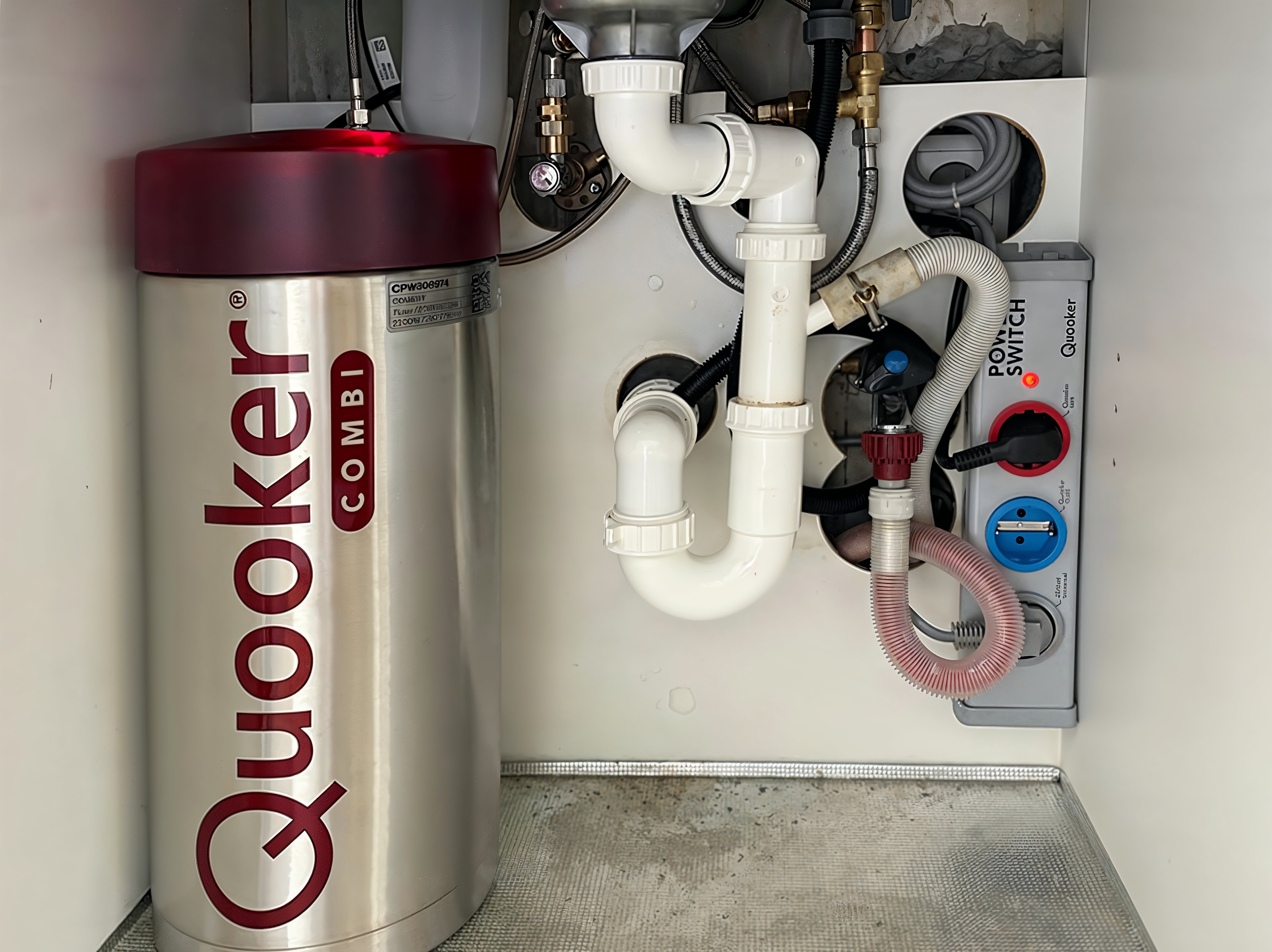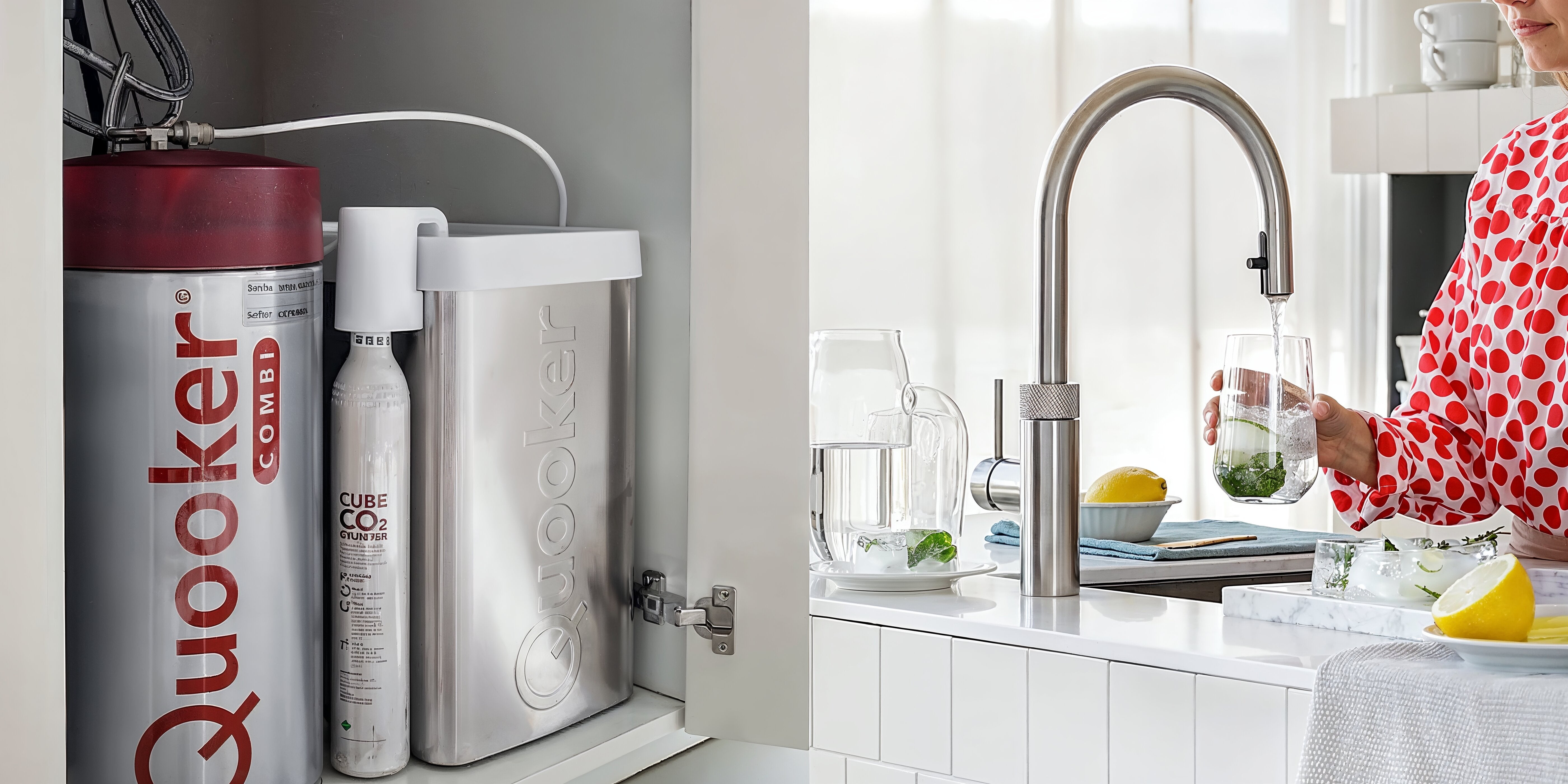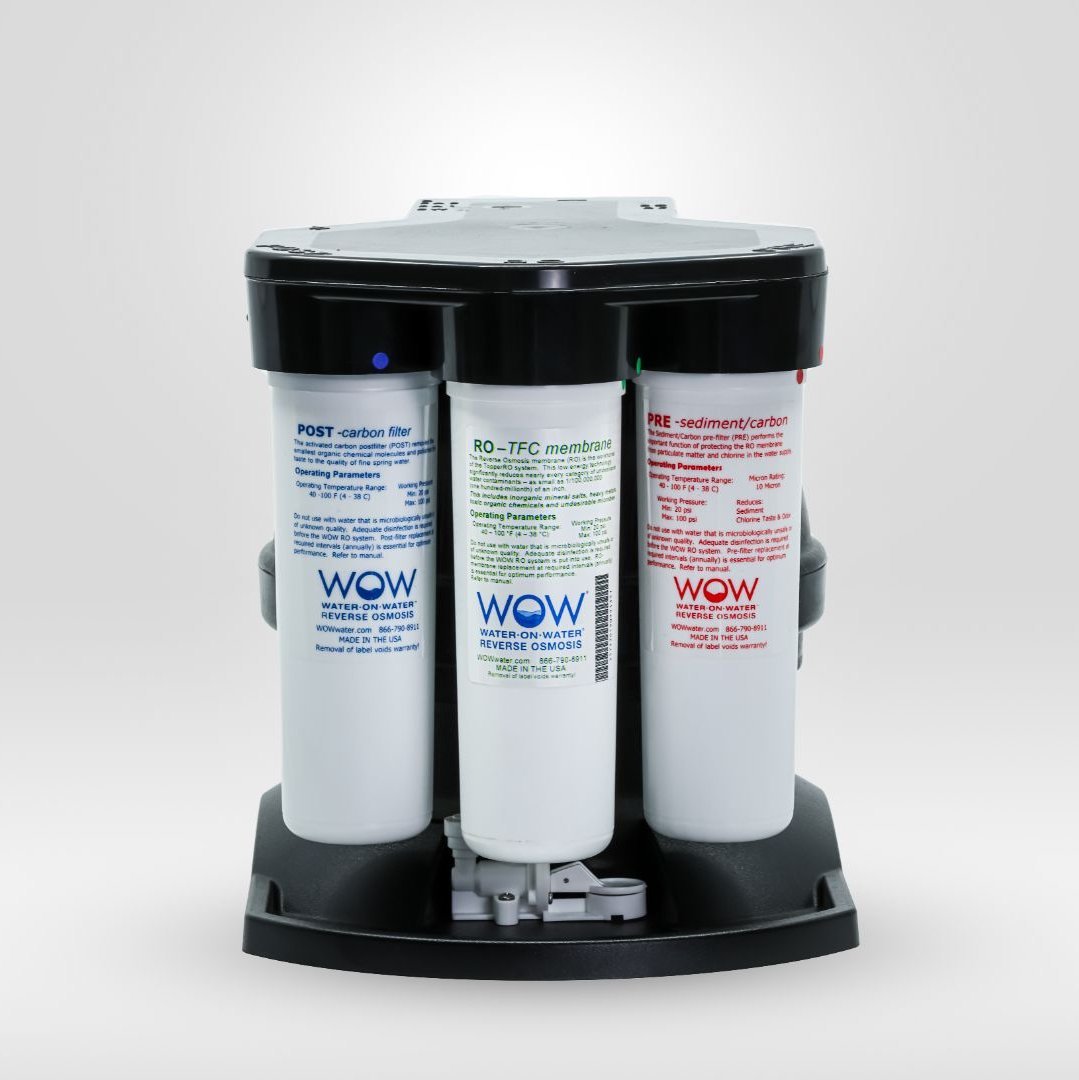Modern compact water purification systems offer a daily production capacity of 5 to 15 liters of purified water, depending on various factors. Systems using reverse osmosis technology, such as The Source, remove up to 99% of unwanted substances from tap water and store the purified water in a tank, ready for use. Yield varies by model and is influenced by water pressure, water quality, and maintenance status.
What factors influence the daily water capacity of a water purifier?
The daily production capacity of a compact water purification system is determined by several factors. Water pressure plays a crucial role—the higher the pressure, the more efficiently the system can operate. For systems using reverse osmosis technology, sufficient pressure is essential to force water through the semipermeable membrane.
The quality of the source water directly affects production capacity. Water with high contaminants will load the filters more quickly, potentially reducing flow rates. This is especially noticeable in systems that operate with multiple filter stages, such as The Source, where the water flows successively through a pre-filter, RO membrane, and post-filter.
Water temperature is also important. Cold water temperatures can reduce the efficiency of the filtration process, while warmer temperatures can improve flow. Furthermore, the filter type and condition play a significant role. Outdated or dirty filters will significantly reduce flow rates.
Finally, regular maintenance is crucial for optimal performance. A well-maintained system can maintain its original capacity, while a neglected system will produce significantly less water.
How much purified water does an average household need?
For an average Dutch household, the daily requirement for purified drinking water is between 2 and 4 liters per person. For a family of four, this means a requirement of approximately 8 to 16 liters per day. This water is used for direct consumption, preparing beverages like coffee and tea, and cooking.
Most compact home water purification systems, such as The Source, are designed to meet this need with a storage capacity of over 5 liters. This means the system can refill the reservoir throughout the day as water is used.
- Drinking water: 1-2 liters per person per day
- Coffee and tea: 0.5-1 liter per person per day
- Cooking: 0.5-1 liter per person per day
It's important to choose a water filter system with sufficient capacity for your specific household needs. A system that's too small will frequently run out of water, while one that's too large can be unnecessarily expensive.
How do you compare different compact water purification systems?
When comparing water purification systems, it's important to consider more than just the purchase price. Daily production capacity ( LPD) is one of the most important specifications to consider. This is usually expressed in liters per day (LPD) and indicates the maximum amount of purified water the system can produce.
Also consider the system's purification efficiency . Systems using reverse osmosis technology, such as The Source, can remove up to 99% of unwanted substances from tap water. This is significantly more effective than simple carbon filters, which primarily remove chlorine and some organic compounds.
Storage capacity is also important. A system with a good storage tank, such as the Water-on-Water tank, which can hold more than 5 liters, ensures that purified water is always available, even during periods of high consumption.
Also consider the ease of installation and maintenance requirements . Some systems require professional installation, while others are easy to install yourself. Also, ask about the warranty terms and service options, such as PureAqua, which offers a full two-year warranty without the need for a maintenance contract.
Tip: Ask about testing the water quality with a TDS meter. This allows you to measure the difference in water quality before and after filtration and thus assess the system's effectiveness.
By carefully comparing these factors, you can make an informed choice for a compact water purification system that perfectly suits the needs of your household.
